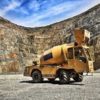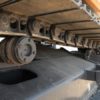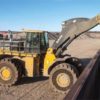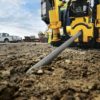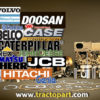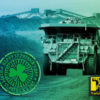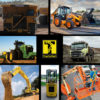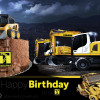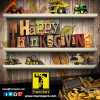Rent, Lease or Buy: Understanding Your Options when Acquiring New Equipment
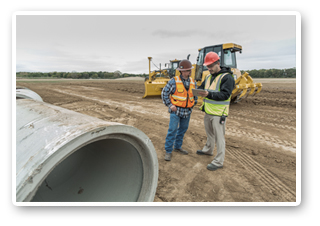
Machine owners have multiple options when it’s time to add new equipment to their operations. The most common are renting, leasing and buying. There are many factors to weigh when choosing the right solution. Cash flow, expected hours of utilization, maintenance costs, warranty offers, and other factors specific to your business should be taken into consideration.
There are benefits and drawbacks to any purchase decision, and a thorough understanding of your operation’s current workload and future needs is essential for making the right choice. Your local dealer is best equipped to explain all of the options and help you decide which one works best for you.
Here are some initial points to consider:
The Rental Market
If you require a piece of equipment that isn’t needed consistently or will only be used for a short period of time, renting may be the choice for you. Although machine availability may be limited based on dealer inventory, renting provides more flexibility for equipment owners. By owning fewer machines and supplementing with short-term rentals, you can tailor your equipment and operating costs to the needs of each job.
It’s also common to rent certain less-used attachments such as trenchers, cold planers and mulchers.
Lease Agreement
You’re an ideal candidate for leasing equipment if you have an established business operation and a demonstrated history of good relationships with lenders. Leasing makes business sense only if you can count on a workload that will support payments throughout the entire term of the lease.
Leasing solutions offer a lower monthly payment than rental rates and loan payments, with little or no money down. While this can be beneficial if cash flow is tight, your equity in the machine will build at a slower rate than a loan. This extended build up of equity does add to the total cost of ownership if you intend to ultimately purchase the machine when compared to a more typical loan structure.
Maintenance costs are another consideration, as the lessee is responsible for both preventative and unexpected maintenance expenses on leased equipment. However, this risk can be mitigated by adding a service contract through your dealer. It is important to note that the cost of a dealer service contract can be rolled into your monthly lease payment.
A lease allows you to keep your fleet updated with modern equipment with less variability in costs, since a newer fleet brings less risk of major maintenance expenses. When it comes time to replace the machine, end of lease options offer the ability to avoid the risk of price fluctuation in the used equipment market.
Utilizing rental and leasing solutions can make it easier to match your equipment costs to ever-changing business conditions. You can adapt your operations to your anticipated workload by combining a core group of machines that are used more consistently with rented or leased equipment used less often.
Outright Ownership
If you’re looking for a new machine because you have a consistent, long-term need for it, then buying may be the best option. Those that are considering equipment ownership often intend to keep the machine in their fleet for an extended period, with the expectation of some major maintenance costs to be incurred over time. A fully-amortizing loan offers the lowest total cost of ownership for the long term when compared to leasing or buying because it allows for equity to be built up more quickly. Although you are responsible for all ongoing maintenance requirements, asset depreciation may allow you to recover some of these costs.
No matter which option you choose, your dealer can play a very important role in helping you make the most sensible purchase decision. Whether you need rental equipment ready to work at a moment’s notice, support for equipment you already own, or a blend of machine options to meet varying market demands, the partnership between you and your dealer is the key for building your business efficiently and profitably.
